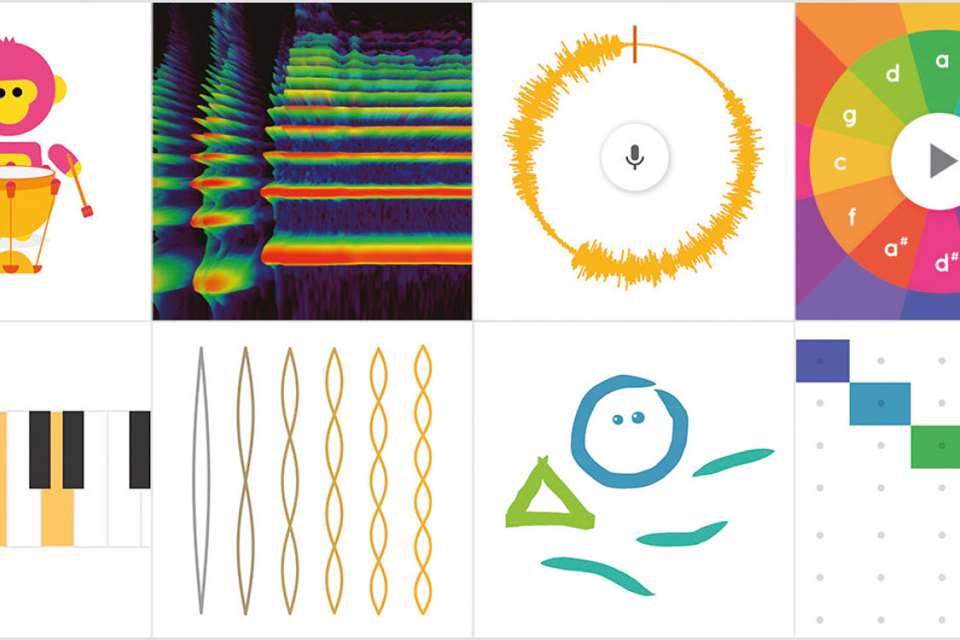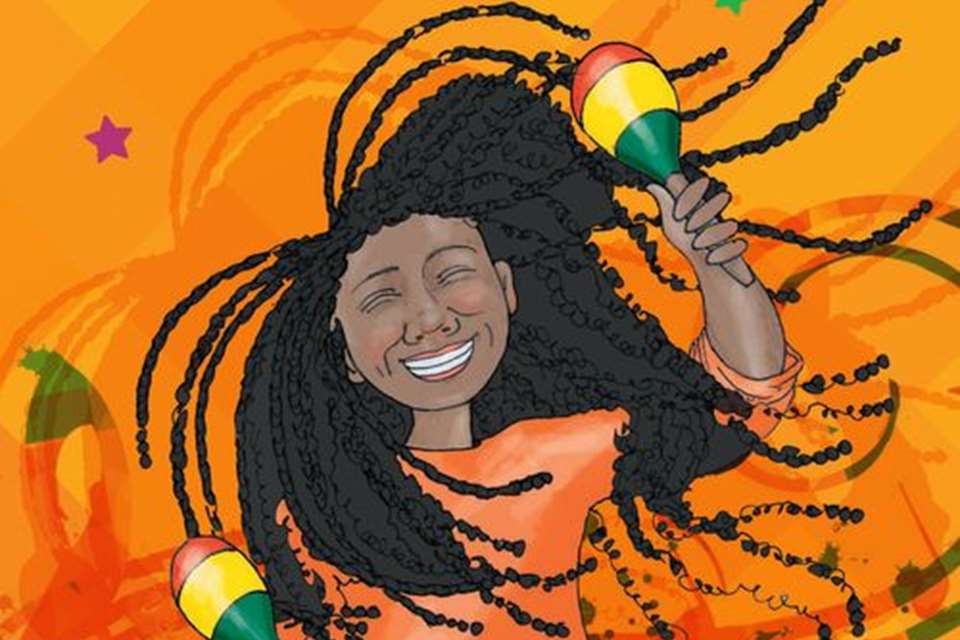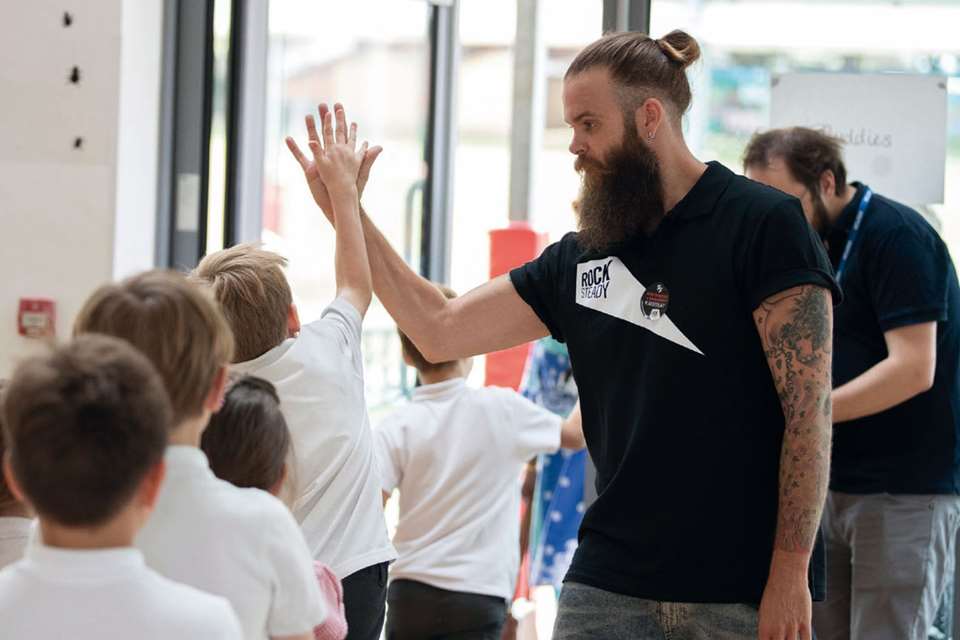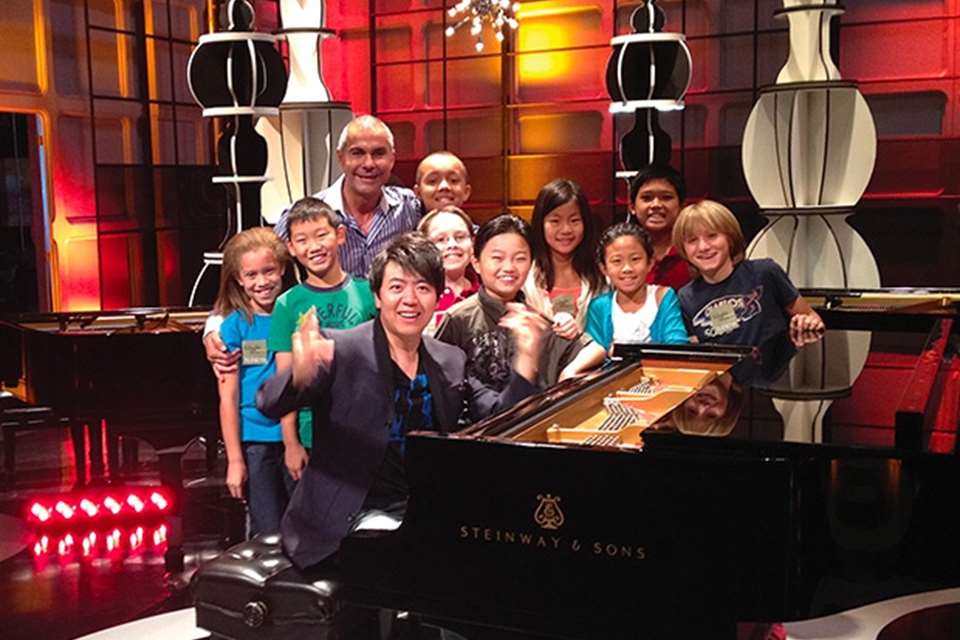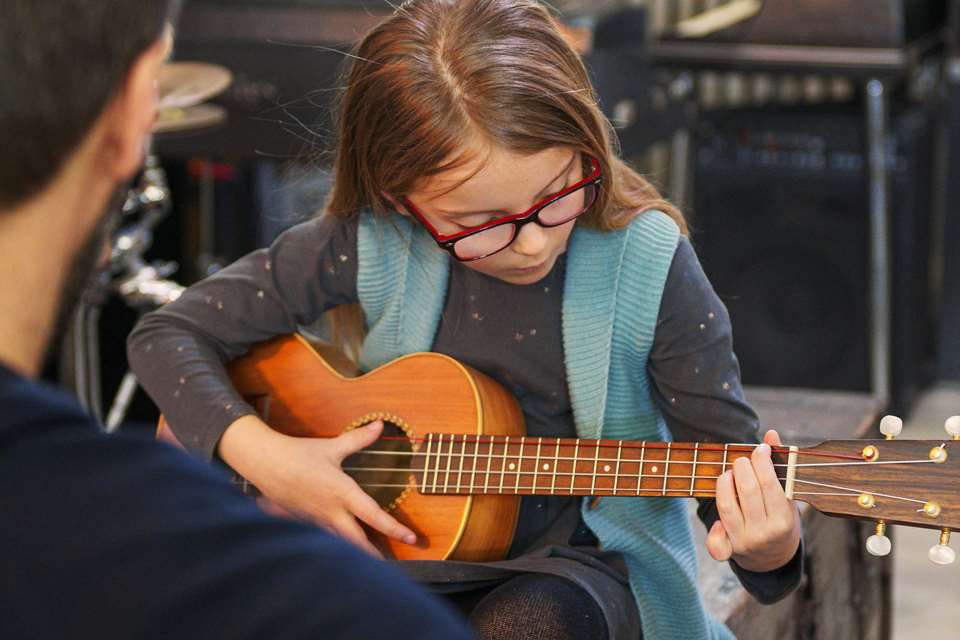Character building: Stave House for early years music
Elinor Bishop
Friday, July 1, 2022
Some early years music teaching methods steer clear of staff notation, but the Stave House method aims to create a world in which ‘all things make sense to the child’, including reading music. Elinor Bishop meets founder Ruth Travers.
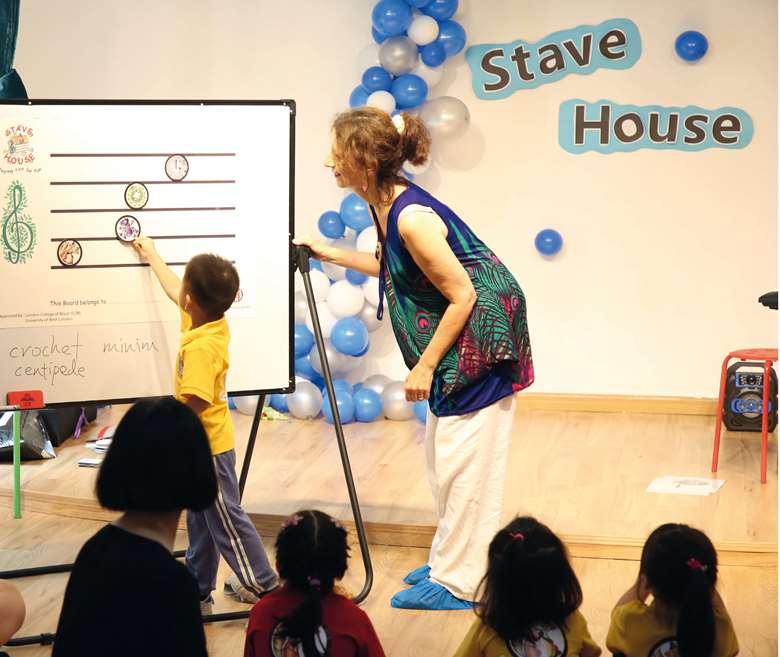
Courtesy Stave House
Early years music teaching varies wildly in the UK, with many different methods being used, to varying degrees of success. When music educator Ruth Travers found herself working as a supply teacher for music, she was ‘dismayed visiting schools to teach music and finding that if [she] asked the children to turn the page of their recorder book or violin book, their reply would be – “we don't know this one” – sadly, they had not been taught to read music, so they could only play what they had been shown.’
It was this first-hand experience which led Travers to start Stave House – an early years teaching method which teaches children to read Western notation from the very early stages of their music making lives. She believed that there was a real gap in the market for a method of music teaching for young children that harnessed their full potential. Travers could see that not being able to read music may limit children as they grew and joined ensembles, where they would inevitably be confronted with sheet music.
‘I could see that very young children could access complex ideas and knowledge, provided it was deconstructed for them and made accessible to them. Other early learning methods available for music used colours or numbers, both of which have to be relearnt at a later date, thus confusing the child and slowing them down. I believed that music did not need to be dumbed down, and I began to see what inspired children to remember things – it tends to be visual engagement, and songs, stories and rhymes are also age-old ways of imparting knowledge.
‘I felt that to impart lasting knowledge to the children, it needed to be more than just an algorithm or a factual answer – they needed to enter an imaginative world. So, the world of Stave House was created, where everything has a purpose, and everything is compatible. All things make sense to the child.’
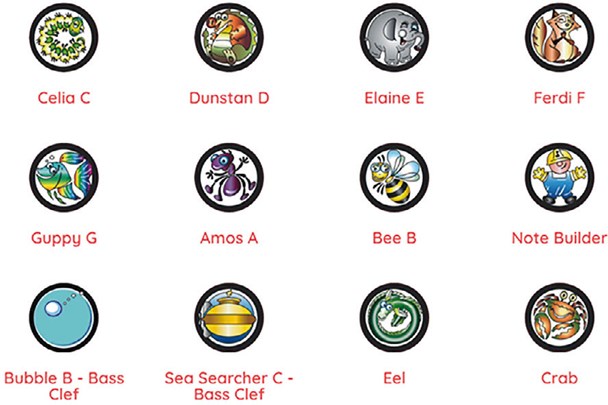
Stave House characters
Character-based notation
The Stave House method is designed to begin with note reading at the age of three, however there is also the Stave House ‘Music with Henry’, which is for parents of babies aged nought to three and encourages musical engagement and wellbeing. Travers cites three as the ideal age, but the programme is flexible and can really be started at any age.
Another challenge for music teaching in primary schools is the lack of specialist teaching. Often classroom teachers can be daunted by teaching music, particularly if they have not had training or a musical background to draw on. Travers says: ‘Stave House is used in many schools, and the first two levels can easily be taught by non-music specialists. This covers music in Key Stage 1 and 2 – all the children learn to read, write, and play music.’
One of the most distinctive aspects of the Stave House method is the characters that are assigned to each new musical idea – for example, ‘Father Crotchet’ who walks to the rhythm of ‘walk, walk, walk’ moving as crotchet beats. Travers explains why she believes this method is so effective: ‘Children love to role play, so by becoming, for example, Father Crotchet, they can move like him, feel the pulse. Or they can move like Elaine the elephant – our high E.’
She continues: ‘They engage with the characters, and they can then select the characters to make music with because they understand that the rhythm characters can visit Stave House and choose to make sounds of different lengths with their note friends. They can take them into the ‘bass clef ocean’ or to ‘alto clef bay’. They build a world – rather like musical Minecraft, but tangible and actually there.
‘The children can take the characters outside – the note F, Ferdi the fox, can make music in the forest. When they climb, they can imagine the Note Builders’ ladder. So, music goes with them into their world – it does not stay in the classroom. They even bring in toys that represent our characters for them, so they are thinking of music when they go home. The characters can also help children express emotion, discuss diversity, and we even have a Stave House superheroes story to help older children develop behaviour skills and strategies for integrating with others. Because there are real characters that come to life, music is never still or stale. The Stave House stories are limitless instead of being a recycled programme term in, term out.’
Dual pronged approach
Although initially developed as an early years resource, Stave House has also expanded to cater for older children in primary school. ‘Stave House levels 3 and 4 were developed for Years 5 and 6 so that children who do not have private music lessons can continue with an academic music education. This year we have also produced the Stave House decoding theory course for older students who struggle to note read – it has proved very successful with students who have dyslexia,’ says Travers.
There are many early years methods that shy away from reading music, for a variety of different reasons; the logistics of printing and the provision of resources being some of them, although some practitioners do believe that ear training is the most important aspect of early years music. Although Stave House does focus on the written aspect of music education, ‘The children sing all the time with Stave House, and the songs are built around the foundational triads, scales and intervals required to develop a musical ear.’
The dual pronged approach to learning music provides children with both the practical reading skills, and ear training that other resources provide. As a music teacher, deciding on which resources to trial with students can be a difficult decision, one also felt by non-specialist teachers who are put in charge of the music curriculum in their school. Stave House holds an accreditation with the London College of Music, a seal of approval that is comforting to educators outside the field of music education.


